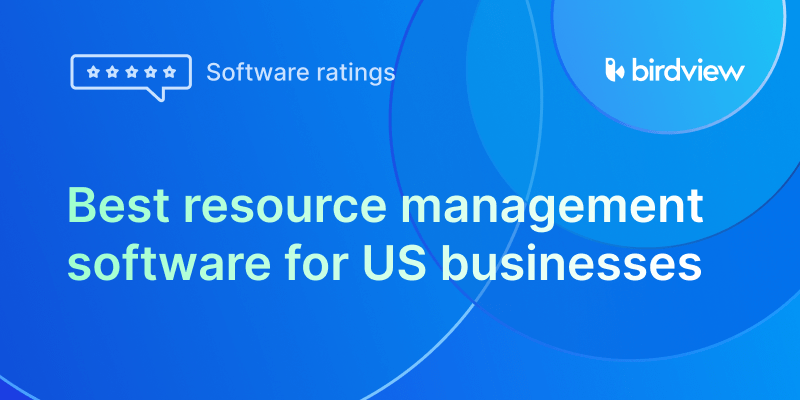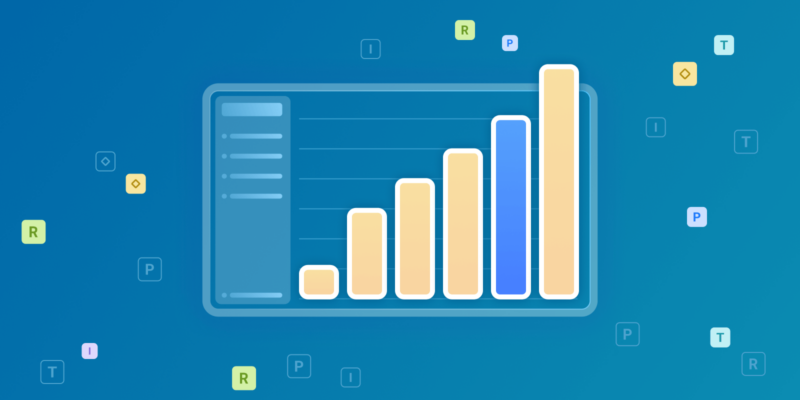Resource management is important for getting projects done. It’s about making sure that you have the right resources, like people, time, and money, and that you use them in the best way possible.
In this article, we’ll dive into the diverse types of resources used in resource management, exploring their nuances, measurement metrics, industry relevance, practical applications, and their interplay within project management.
Many different types of resources can be used in project management. Some of the most common include:
- Personnel: This encompasses individuals engaged in the project, including team members, contractors, and vendors.
- Time: This is the amount of time available to complete the project.
- Financial resources: This includes the money that is available to fund the project.
- Information and data resources: This includes the data, reports, and other information that is needed to complete the project.
- Material resources: This includes the physical materials needed to complete the project, such as equipment, supplies, and raw materials.
- Equipment resources: This includes the tools and machines needed to complete the project.
- Space resources: This includes the physical space that is needed to complete the project, such as office space, laboratory space, or warehouse space.
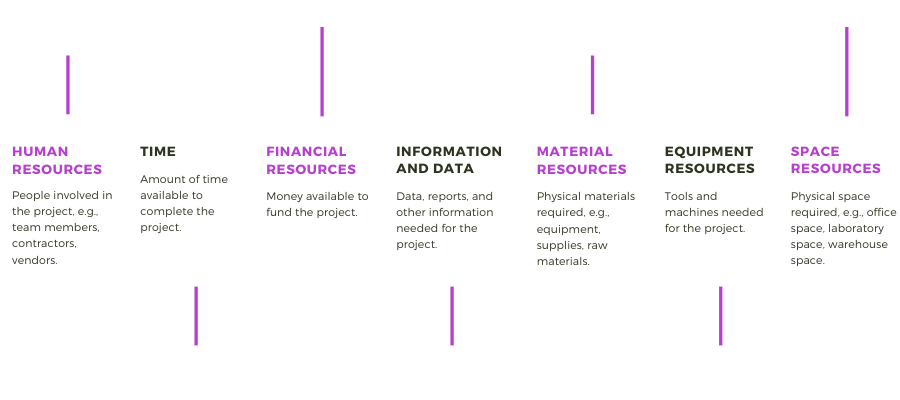
In addition to the traditional types of resources mentioned above, there are a few other types of resources that are becoming increasingly important in project management.
These include:
- Knowledge resources: This includes the expertise and knowledge that is available to the project team. This can be in the form of experience, training, or education.
- Network resources: This includes the relationships that the project team has with other people or organizations. This can help get things done, such as securing resources or getting approvals.
- Political resources: This includes the ability to influence decisions or get things done. This can help navigate complex organizations or deal with difficult stakeholders.
Types of resources and their metrics
Each type of resource has its metrics that can be used to measure its effectiveness. The following table summarizes the different types of resources and their metrics:
| Resource | Metric |
| Human resources | Individual performance, skill proficiency, collaboration efficiency |
| Time | Time to completion, schedule adherence, cost per unit of time |
| Financial resources | Budget variance, cost overruns, return on investment |
| Information and data resources | Data accuracy, data completeness, data accessibility |
| Material and equipment resources | Inventory levels, lead times, resource costs |
| Knowledge resources | Expertise depth, knowledge sharing, knowledge transfer |
| Network resources | Network size, network strength, network reach |
| Political resources | Political influence, stakeholder engagement, decision-making power |
The different types of resources are used in different industries.
- Human resources are especially important in industries that rely on skilled labor, such as healthcare and technology.
- Time is especially important in industries that have tight deadlines, such as construction and manufacturing.
- Financial resources are especially important in industries that have high upfront costs, such as research and development.
- Information and data resources are especially important in industries that rely on data-driven decision-making, such as finance and insurance.
- Material and equipment resources are especially important in industries that require physical assets, such as manufacturing and construction.
- Knowledge resources are especially important in industries that require specialized knowledge, such as healthcare and law.
- Network resources are especially important in industries that require collaboration with other organizations, such as government and non-profit.
- Political resources are especially important in industries that are regulated by the government, such as healthcare and energy.
Human Resources
Human resources are the people who make projects happen. They include team members, contractors, and vendors. The skills, experience, and availability of human resources are important factors in project success. For professionals looking to excel in this domain, project management certification courses provide valuable insights and skills to effectively utilize these solutions.
To measure the effectiveness of human resources, we can look at things like individual performance, skill proficiency, and collaboration efficiency. Industries that rely heavily on human resources include IT, construction, and healthcare.
Effective human resource management means understanding each team member’s strengths and weaknesses, and matching them with the right tasks. It also means creating a collaborative environment where everyone feels comfortable sharing ideas and working together.
One way to effectively manage human resources is to use a competency-based approach. This involves evaluating the skills and knowledge of team members and aligning them with the project’s requirements. It also includes offering training and development opportunities to help team members address skill gaps.
One way to effectively manage human resources is to use a competency-based approach. This involves evaluating the skills and knowledge of team members and aligning them with the project‘s requirements. It also includes offering training and development opportunities to help team members address skill gaps.
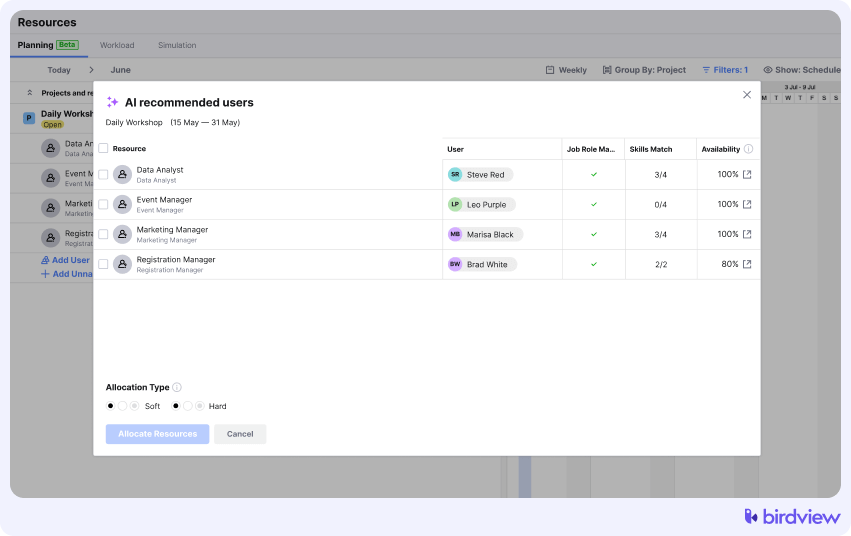
In addition, leveraging project management software with resource allocation features can significantly enhance human resource management. These tools can help project managers visualize team workloads, identify over-allocated resources, and ensure that tasks are evenly distributed across the team.
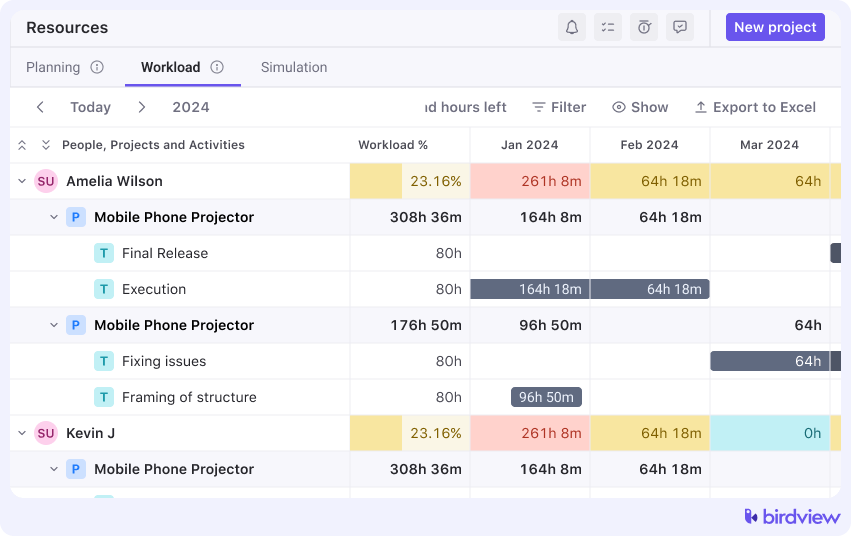
Regular performance evaluations, feedback sessions, and career growth paths are also essential components of effective human resource management. These things help to keep team members motivated and engaged, and they also help to identify any potential problems early on.
Time Tracking
Time is a precious resource that can make or break a project. It’s important to track how much time is being spent on each task so that you can make sure the project stays on schedule.
There are a few different ways to track time. You can use a timesheet, a stopwatch, or a project management tool. The best way for you will depend on the size and complexity of your project.
Once you’re tracking time, you can start to identify any areas where you can save time. For example, you might be able to streamline a process or delegate a task to someone else.
Time tracking can also help you to identify bottlenecks. If you see that a particular task is taking a long time, you can take steps to address the issue.
By tracking time and identifying areas where you can save time, you can improve your chances of delivering your project on time and within budget.
Here are some tips for effective time tracking:
- Be consistent. Track your time every day, even if it’s just for a few minutes.
- Be accurate. Don’t guesstimate how much time you’ve spent on a task. Use a timer or timesheet to track your time accurately.
- Be specific. When you’re tracking your time, be specific about what you’re working on. This will help you to identify areas where you can save time.
- Be flexible. Feel free to modify your time tracking methods if they prove ineffective for you.
Additionally, project management software often comes with built-in time tracking features that integrate with task management. This allows for real-time tracking of time spent on tasks, helping managers adjust schedules and workloads dynamically.
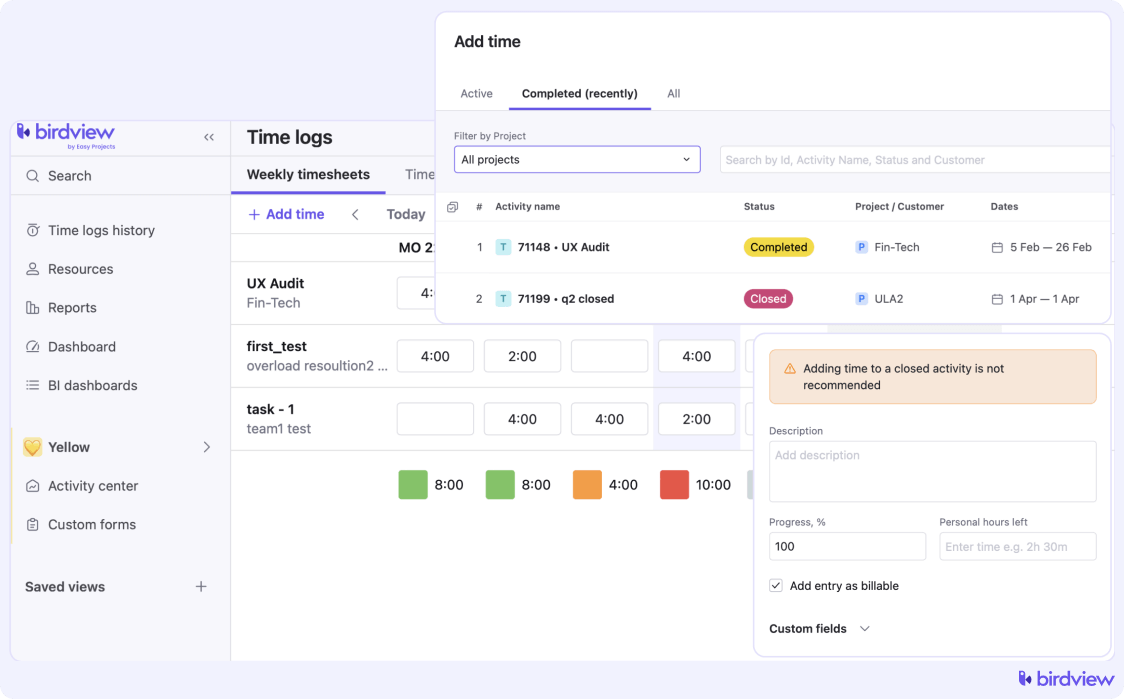
Financial Resources
Financial resources are the money that is needed to fund a project. They include the budget, funding sources, and cost allocations. Industries that rely heavily on financial resources include construction, research and development, and entertainment.
Effective financial resource management means creating a budget that is accurate and realistic, tracking expenses carefully, and ensuring that resources are allocated efficiently.
There are a few different ways to manage financial resources. One way is to use a predictive financial modeling technique. This technique uses historical data and market trends to create accurate budget estimates and resource allocation plans.
Another way to manage financial resources is to implement cost control measures. These measures include regular budget reviews and variance analysis. Variance analysis is the process of identifying and understanding the differences between actual and budgeted costs.
By following these tips, organizations can effectively manage their financial resources and improve their chances of project success.
Strategic financial planning is key to maintaining stability in project execution. Without a structured approach, businesses risk inefficiencies that can derail even the most well-planned projects. Financial experts at Randall Wealth Group emphasize that “careful allocation of financial resources allows project managers to anticipate potential shortfalls, adjust budgets proactively, and ensure long-term project sustainability.”
Here are some additional tips for effective financial resource management:
- Get buy-in from stakeholders. It’s important to get everyone involved in the project to agree on the budget and the spending plan.
- Be flexible. Things don’t always go according to plan, so be prepared to adjust the budget as needed.
- Communicate regularly. Keep everyone updated on the project’s financial status so that they can make informed decisions.
- Use project management software. There are a number of project management software programs that can help you to track expenses and manage your budget. Features like automated expense reporting, cost forecasting, and real-time budget tracking can provide project managers with the insights they need to manage finances more effectively.
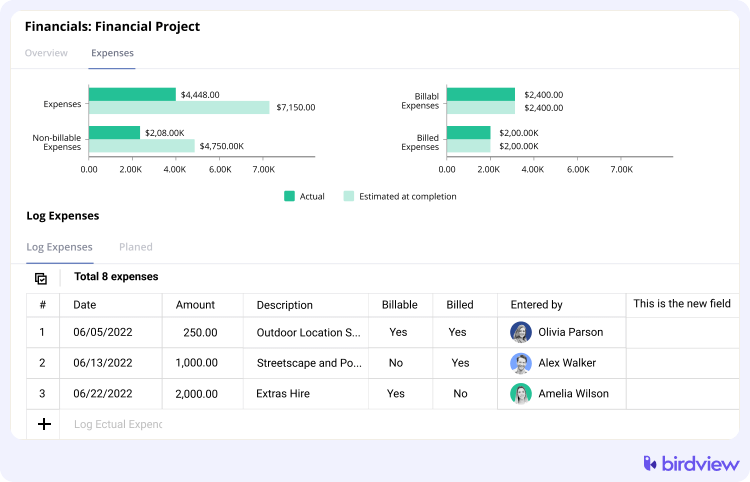
Information and Data Resources
Information and data resources are essential for project success. They include the data, reports, and other information that is needed to complete the project.
The accuracy, accessibility, and relevance of information resources are important factors in project success. Industries that rely heavily on information resources include technology, healthcare, and finance.
Effective information resource management means storing data securely, retrieving it efficiently, and ensuring that it is accurate and relevant.
There are a few different ways to manage information resources. One way is to use data analytics tools. These tools can help you to extract valuable insights from large datasets, which can help you to make better decisions.
Another way to manage information resources is to use data visualization techniques. These techniques can help you to present data in a way that is easy to understand and interpret.
By following these tips, you can improve your chances of effectively managing information resources and delivering successful projects.
Here are some additional tips for effective information resource management:
- Identify your data needs. What information do you need to complete the project?
- Gather and organize your data. Make sure that your data is accurate, complete, and up-to-date.
- Store your data securely. Protect your data from unauthorized access or tampering.
- Make your data accessible. Make sure that your data is easy to find and use.
- Use data analytics tools. Extract valuable insights from your data to make better decisions.
- Use data visualization techniques. Present your data in a way that is easy to understand and interpret.
Material and Equipment Resources
Material and equipment resources are the physical things that are needed to complete a project. They include tools, machinery, and other assets.
The quality, availability, and alignment of material and equipment resources are important factors in project success. Industries that rely heavily on material and equipment resources include manufacturing, construction, and engineering.
Here are some measurable metrics for material and equipment resources:
- Inventory levels: This measures how much of each material or equipment is on hand.
- Lead times: This is the amount of time it takes to get the materials or equipment you need.
- Resource costs: This is the amount of money you spend on materials, equipment, and related expenses.
Here are some strategies for managing material and equipment resources:
Just-in-time (JIT) inventory management.
This is a system where you only order materials when you need them. This helps to reduce storage costs and waste.
Equipment maintenance scheduling.
This is a system where you regularly inspect and service your tools and machinery. This helps to prevent breakdowns and keep your equipment running smoothly.
Some benefits of adopting a Lean approach to managing material and equipment resources.
- Minimized waste: Lean principles help you to identify and eliminate waste in your processes. This can save you time and money.
- Maximized value: Lean principles help you to focus on the things that add value to your project. This can help you to improve your efficiency and productivity.
- Streamlined processes: Lean principles help you to streamline your processes, making them more efficient and effective.
Interaction of different types of resources
How different resources interact in project management. Different resources in project management, like human resources, time, money, information and data, materials, and equipment, interact.
For example, the number of human resources needed to complete a task will depend on the amount of time available to complete the task. The cost project will depend on the cost of the human resources, the cost of the time, and the cost of the other resources.
To manage resources effectively, it’s important to understand how they interact with each other. This can be done using a project management methodology, such as the Project Management Body of Knowledge (PMBOK) framework. The PMBOK framework provides a comprehensive framework for resource management in project management, including tools and techniques for planning, allocating, and monitoring resources.
By understanding the interplay of resources and using a project management methodology, project managers can improve their chances of delivering successful projects.
Here are some specific examples of how the different types of resources interact in project management:
Human resources and time
Human resources are needed to complete tasks, and the amount of time available to complete a task will affect the number of people needed to work on it. For example, if a task is complex and time-consuming, it will require more people to work on it than a simple task that can be completed quickly.
Human resources and financial resources
The cost of human resources is a major component of the overall cost of a project. The number of people needed to work on a project, their skills and experience, and their salaries will all affect the project’s budget.
Information and data resources and time
The availability of information and data can affect the amount of time it takes to complete a task. For example, if the project team does not have access to the information they need, it will take them longer to complete the task.
Information and data resources and financial resources
Obtaining and managing information and data resources can pose a substantial cost for projects. For instance, expenses such as buying a software license or engaging a consultant for data collection and analysis can contribute to the project’s budget.
Material resources and human resources
The availability of material resources can affect the number of people needed to work on a project. For example, if a project requires a lot of specialized equipment, it will need more people to operate and maintain equipment.
Here are some examples of how the different types of resources manifest themselves in project management:
- A software development project might require a team of engineers, a budget of $1 million, and access to specialized software and hardware.
- A construction project might require a team of laborers, a budget of $10 million, and access to heavy machinery.
- A marketing campaign might require a team of creatives, a budget of $100,000, and access to social media platforms.
By understanding the different types of resources, how they interact, and how they manifest themselves in project management, project managers can better manage their projects and ensure their success.
Resource management in project context: A survey by TPG PMO* found that only a small minority of companies with PMOs have established operational resource planning and do not plan to change it. More than one-third have implemented it but are planning further enhancements. About one-sixth plan to start it in the next 12 months, and nearly half do not plan to establish operational project resource planning at all.
The following graph shows the percentage of companies with PMOs that have implemented operational resource planning:
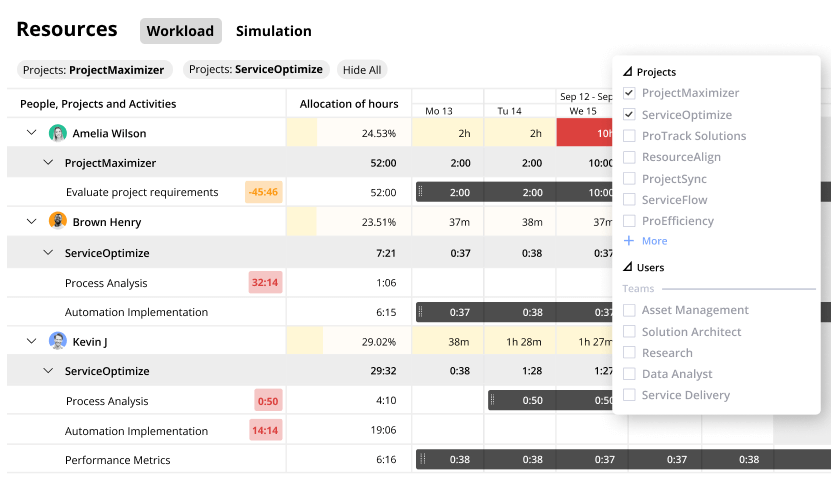
The findings of the survey suggest that there is a significant opportunity for companies to improve their project performance by implementing operational resource planning. This is especially true for companies that have already implemented operational resource planning but are planning further enhancements. By taking steps to improve their operational resource planning, companies can ensure that they have the right resources at the right time, avoid over- or under-allocation of resources, identify and mitigate resource conflicts, and improve project communication and collaboration.
Conclusion
Resource management is the key to successful project execution.
All types of resources, including human expertise, time, money, information, materials, and equipment, play an important role in achieving project goals. By understanding the different types of resources, how they interact with each other, and how to measure their effectiveness, organizations can improve their project management capabilities and deliver better results.
Technology can be a great help in resource management.
Project management software can help organizations streamline resource allocation, monitor progress, and collaborate more effectively. Automation and artificial intelligence can also be used to improve resource forecasting and allocation.
Resource management is not a one-time activity.
It is an ongoing process that requires constant attention and improvement. By continuously learning and adapting, organizations can ensure that their resource management practices are always aligned with their project goals.
Read more:


